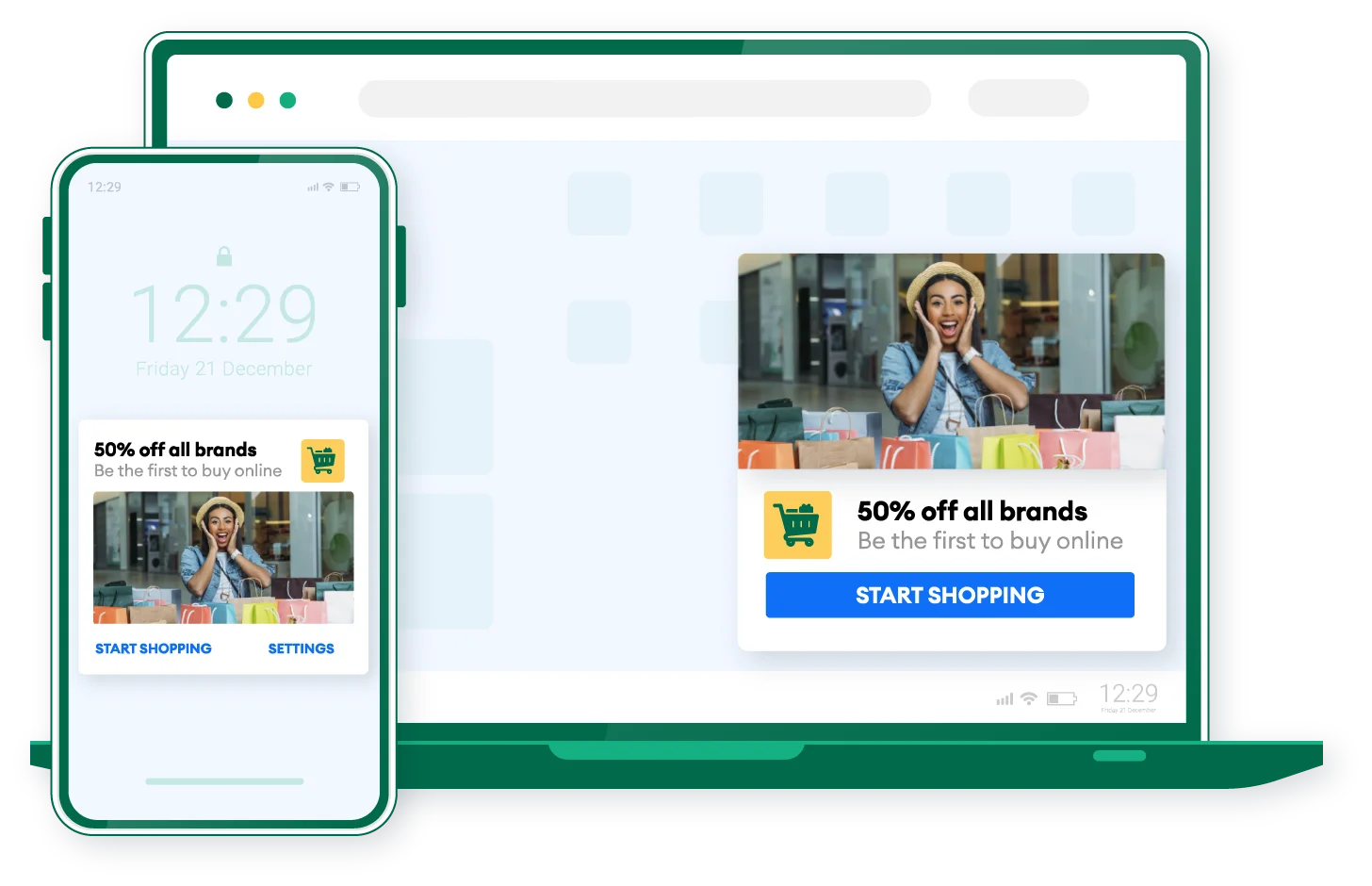In today’s fast-paced digital world, advertising has evolved into a multifaceted ecosystem. Gone are the days when businesses solely relied on traditional forms of media such as print, television, and radio. With the advent of digital advertising platforms, the landscape of marketing has changed dramatically, offering unprecedented reach, precision, and efficiency. If you’re a business owner looking to take your brand to the next level, it’s essential to understand how digital advertising platforms work and how they can drive significant growth for your business.
What is a Digital Advertising Platform?
A digital advertising platform is an online tool or service that enables businesses to create, manage, and optimize their marketing campaigns across multiple digital channels. These platforms aggregate a variety of marketing tools to help businesses target specific audiences with personalized messages on social media, search engines, websites, and more.
Some of the most well-known digital advertising platforms include Google Ads, Facebook Ads, Instagram Ads, LinkedIn Ads, and programmatic ad platforms like The Trade Desk. These platforms give businesses the ability to manage and monitor their campaigns in real-time, ensuring their marketing efforts are always on track.
The Benefits of Using a Digital Advertising Platform
Digital advertising platforms have become indispensable for businesses, large and small, because of the many benefits they offer. Let’s break down some of the most compelling reasons to embrace digital advertising:
1. Unmatched Targeting Capabilities
One of the standout features of digital advertising platform is the level of precision they offer in targeting audiences. Traditional forms of advertising often rely on broad demographic categories, leading to wasted impressions and poor ROI. Digital advertising platforms allow businesses to target consumers based on a wide range of factors such as:
- Demographics: Age, gender, location, job title, and more.
- Behavioral Data: Online shopping habits, browsing history, search queries.
- Interests: Hobbies, preferences, and lifestyle choices.
- Device & Location: Targeting specific devices (mobile, desktop) and geographical locations.
This level of granular targeting ensures that your ads reach the people who are most likely to engage with your product or service, maximizing your advertising spend.
2. Cost-Effectiveness
Unlike traditional advertising, which often requires significant upfront costs and long-term commitments, digital advertising platforms are highly cost-effective and flexible. Most platforms operate on a pay-per-click (PPC) or cost-per-impression (CPM) model, meaning businesses only pay when someone clicks on an ad or views it.
This flexibility allows businesses to set their own budget, choose the right bidding strategy, and adjust their campaigns as needed based on performance. Whether you’re a small business with a limited budget or a large enterprise looking to scale, digital advertising platforms provide the tools necessary to get the most out of your investment.
3. Real-Time Analytics and Reporting
Digital advertising platforms provide access to real-time analytics, giving businesses a clear view of how their campaigns are performing. You can monitor metrics such as impressions, clicks, conversions, and ROI almost instantly. This data is invaluable for making quick adjustments and optimizing campaigns to maximize effectiveness.
For instance, if a particular ad isn’t generating as much engagement as expected, you can make data-driven decisions to tweak the copy, change the targeting criteria, or shift the budget. This level of real-time control is something traditional advertising methods simply cannot match.
4. Wide Range of Advertising Formats
Digital advertising platforms offer an extensive range of ad formats that cater to various business goals and customer preferences. Some of the most popular ad formats include:
- Search Ads: Text-based ads displayed when users search for specific keywords on search engines like Google.
- Display Ads: Image or video ads placed on websites, blogs, and news sites that target users as they browse.
- Social Media Ads: Ads on social networks such as Facebook, Instagram, LinkedIn, and TikTok, which can be tailored to specific user interests and behaviors.
- Video Ads: Short, engaging videos placed on platforms like YouTube or within social media feeds.
- Retargeting Ads: Ads that target users who have previously interacted with your brand or website.
This variety of ad formats allows businesses to craft campaigns that appeal to different types of consumers in ways that traditional ads simply cannot.
5. Scalability and Flexibility
Another significant advantage of digital advertising platforms is their scalability. Whether you’re running a small local campaign or a large international strategy, digital platforms provide the flexibility to scale your advertising efforts based on your business’s needs. With just a few clicks, you can adjust your budget, expand or narrow your target audience, and modify your creative approach.
This scalability is ideal for businesses at any stage of growth. Whether you’re just starting and want to test your market, or you’re looking to expand your reach to a global audience, digital advertising platforms can grow alongside your business.
6. Improved Customer Engagement
One of the key components of successful advertising is fostering a relationship with your customers. Digital advertising platforms excel at creating opportunities for meaningful engagement. Interactive ads, social media campaigns, and personalized content all contribute to building stronger connections with your audience.
By leveraging these platforms, businesses can create more engaging experiences for their customers, leading to better brand recall, increased customer loyalty, and ultimately, more conversions.
7. A/B Testing and Optimization
Digital advertising platforms also make it easy to test and optimize your ads. A/B testing—comparing two variations of an ad to see which one performs better—is an invaluable tool for improving the effectiveness of your campaigns. With real-time performance data, you can quickly identify what works and what doesn’t, allowing you to fine-tune your advertising strategy.
Whether you’re testing different headlines, images, or calls to action, A/B testing empowers you to make data-driven decisions that improve your ad performance over time.
Conclusion
In an increasingly digital world, advertising platforms offer businesses the tools and capabilities to drive significant growth. From precise targeting and cost-effectiveness to real-time analytics and scalability, digital platforms provide a wealth of benefits that traditional forms of advertising simply cannot match.
As digital advertising continues to evolve, the possibilities for businesses to connect with customers in meaningful ways are limitless. Whether you’re looking to increase brand awareness, drive traffic to your website, or generate sales, digital advertising platforms are your key to success.
So, if you’re ready to take your business to the next level, it’s time to invest in a digital advertising platform that aligns with your goals. Start today, and watch your business thrive in the ever-evolving digital landscape!



